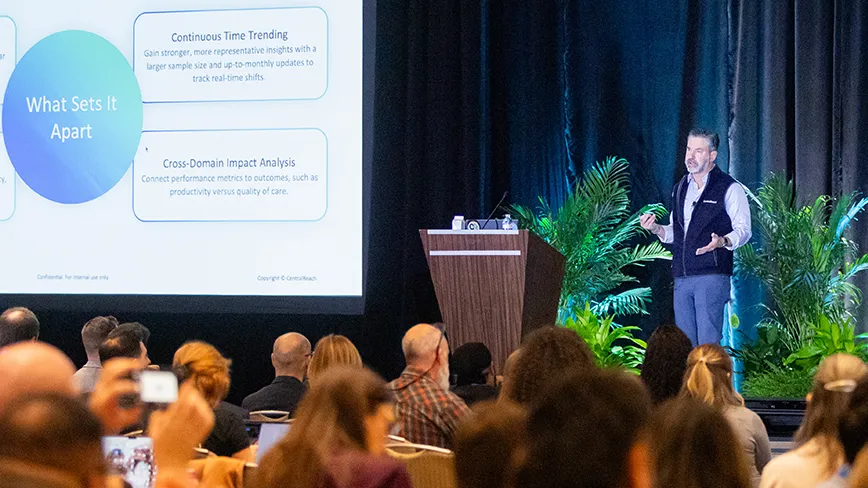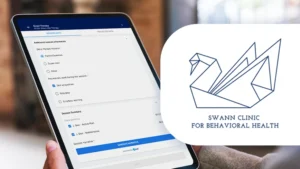If someone wrote the story of behavior analysis, it would have many elements typical of a great novel: settings, central characters, a plot, conflicts, a narrative arc, and resolution. And while the story would have many well-known heroes in behavior analytic history -- such as B. F. Skinner or Fred Keller -- Tom Gilbert would undoubtedly play a role that told of his innovation, hard work, and triumph.
Tom Gilbert perhaps received his greatest attention from people who work in human performance technology, or HPT. HPT, also known as human performance improvement, represents a field of practice geared towards improving human performance in the workplace. HPT has several methods that enhance any organization's performance. Many behavior analysts who practice Organizational Behavior Management (OBM) use techniques from HPT.
Gilbert established fundamental concepts in HPT and offered cost-effective methods for systematically changing human behavior (Chyung, 2008). Gilbert made several distinctions that continue to shape the field. For instance, he noted that performance differs from behavior and that the measure of performance appears in the degree of accomplishment.
Take the example of a call center representative. The rep can have a pleasant or annoyed tone of voice, speak slowly or quickly, use overly technical product language, or more easily understandable terms. All of the previous examples describe behavior. The outcomes of behavior, performance, could include the number of questions answered clearly. And the client’s satisfaction with the call could serve as an accomplishment. Gilbert’s focus on accomplishments produced a “seismic shift” for the people who worked on performance improvement (Houmanfar et al., 2019).
Gilbert also created a behavior engineering model( BEM). BEMs have six components critical for a behavior to occur (see Table 1). Gilbert created BEMs to assist in the identification of cases of competence and incompetence. In Gilbert’s words: “For any given accomplishment, a deficiency in performance always has as its immediate cause a deficiency in a behavior repertory (P), or in the environment that supports the repertory (E), or in both. But its ultimate cause will be found in a deficiency of the management system (M). (Gilbert, 1996, p. 76)

Table 1. Six Factors in the Behavior Engineering Model. From Gilbert’s Human Competence: Engineering Worthy Performance. Published by the International Society for Performance Improvement.
The work and contributions of Tom Gilbert could fill a book, and interested readers can start here. Also, the references below capture Gilbert’s breakthrough text and other fine articles detailing his system and contributions. The narrative of behavior analysis will always contain a character named Tom Gilbert. And your reading, exploration, implementation, and systematic extension of his work will continue the storyline.
About the Author

Dr. Rick Kubina, BCBA-D
CentralReach Director of Research
Richard M. Kubina Jr., Ph.D., BCBA-D is a Professor of Special Education at The Pennsylvania State University and teaches courses on methods for teaching reading, behavior analysis, and experimental design. Rick graduated from Youngstown State University where he had Steve Graf as an advisor and then received a Masters and Ph.D. from The Ohio State University under John Cooper.
Rick conducts wide-ranging research in the area of Applied Behavior Analysis and Precision Teaching. He also served as the editor of the Journal of Precision Teaching and Celeration. He has dedicated his professional career to helping behavior change agents such as teachers, behavior analysts, and other helping professionals efficiently change behavior through effective teaching and measurement such as Precision Teaching. Rick co-founded a software called Chartlytics. Chartlytics merged with CentralReach where Rick has assumed the role of Director of Research.
At CentralReach, Rick explores how technology can accelerate superior outcomes for all those seeking to engender professional and personal success.
References
Chyung, S. Y. (2008). Foundations of instructional and performance technology: HRDPress.
Gilbert, T. F. (1996). Human Competence: Engineering Worthy Performance (tribute edition): The International Society for Performance Improvement.
Houmanfar, R. A., Alavosius, M. P., Binder, C., & Johnson, K. (2019). Human Competence Revisited: 40 Years of Impact. Journal of Organizational Behavior Management, 39(1-2), 1-6. doi: 10.1080/01608061.2019.1599165
About CentralReach
CentralReach is the leading provider of Autism and IDD Care Software, providing the only complete, end-to-end software and services platform that helps children and adults diagnosed with autism spectrum disorder (ASD) and related intellectual and developmental disabilities (IDD) - and those who serve them - unlock potential, achieve better outcomes, and live more independent lives. With its roots in Applied Behavior Analysis, the company is revolutionizing how the lifelong journey of autism and IDD care is enabled at home, school, and work with powerful and intuitive solutions purpose-built for each care setting.
Trusted by more than 200,000 professionals globally, CentralReach is committed to ongoing product advancement, market-leading industry expertise, world-class client satisfaction, and support of the autism and IDD community to propel autism and IDD care into a new era of excellence. For more information, please visit CentralReach.com or follow us on LinkedIn and Facebook.
Media Contact:
CentralReach
pr@centralreach.com






